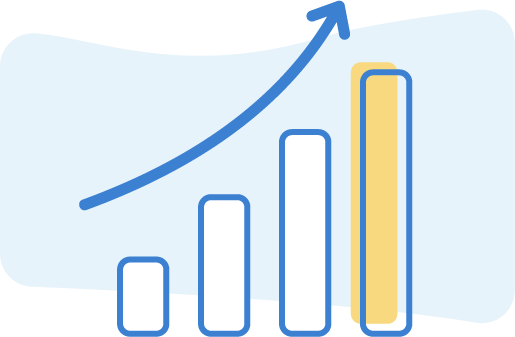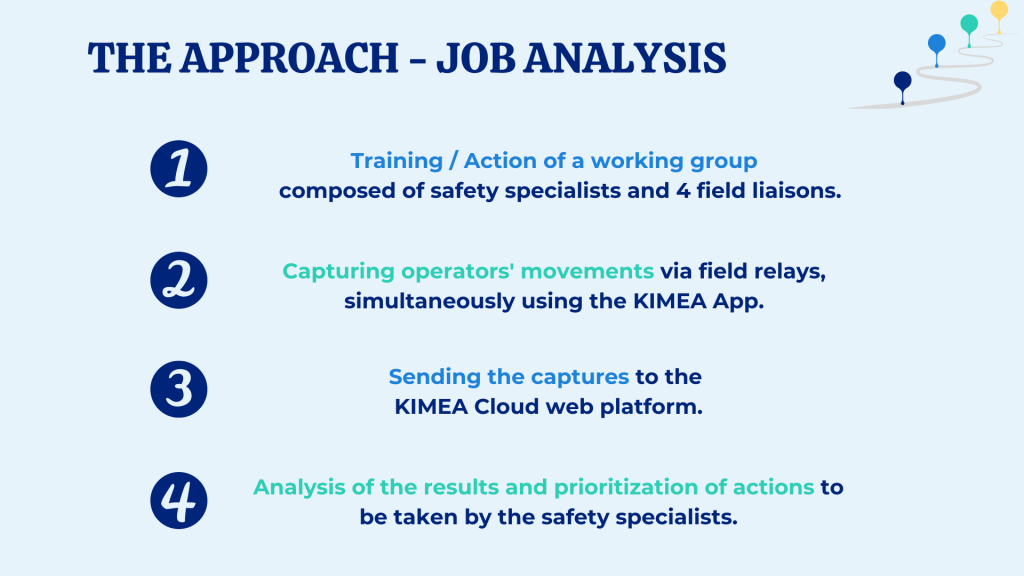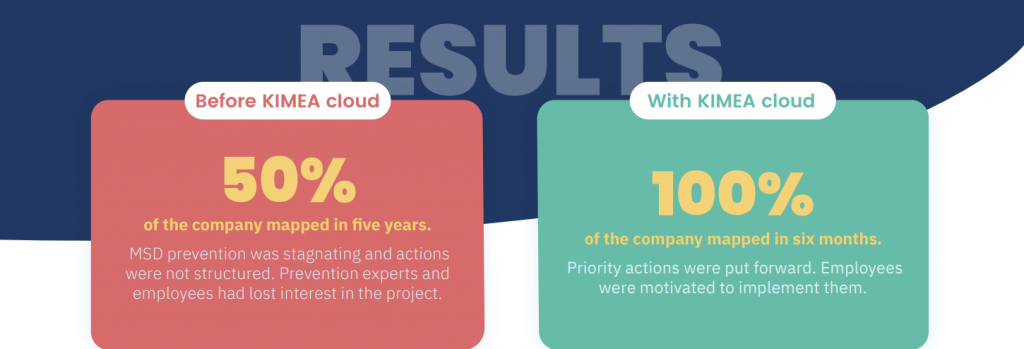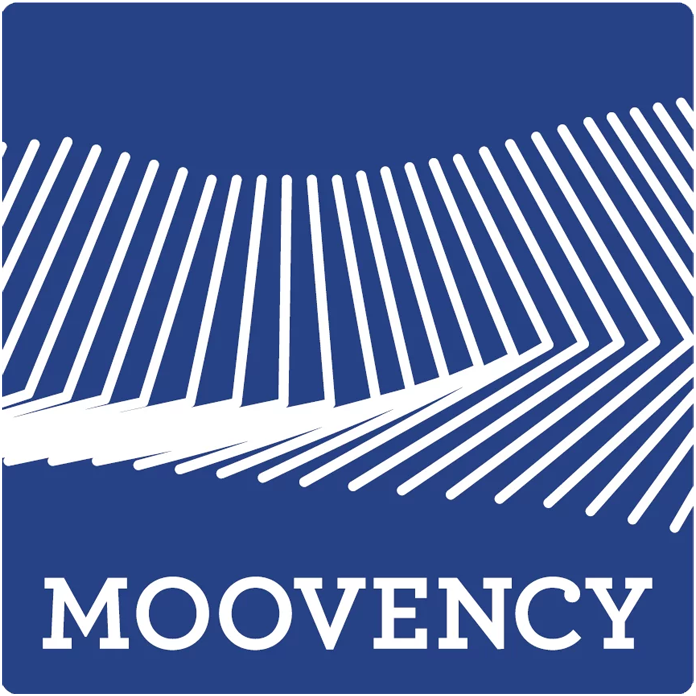Ergonomists, prevention specialists : Objectifying job analysis
How to objectify job analysis in the heart of an enterprise’s MSD prevention approach?
Ergonomists and prevention specialists… These stakeholders in occupational health and safety play decisive roles in the successful implementation of the prevention process, with diverse missions.
Job analysis is indeed one of the key tasks of ergonomists and prevention specialists. It involves an ergonomic study that consists of observing an employee at their workstation to better understand the work performed and identify priority actions to be taken on it. Based on the results of their analysis, the ergonomist or prevention specialist then proposes solutions. These solutions may involve changes or adjustments to workstations to prevent MSD (Work-related Musculoskeletal Disorders).
However, job analysis can prove to be a tedious task for the person conducting it if the tools available are not adapted. Lengthy processing of the study, non-objectified analysis tools lacking precision, bias in data interpretation… In these conditions, the ergonomist or prevention specialist may face difficulties in conducting their analysis effectively, creating imbalance and slowdown in the implementation of the prevention process. Faced with this challenge, several questions arise:
- How to identify the most demanding positions to analyze?
- How to objectify the analyses?
- And above all, how to facilitate the work of the ergonomist and prevention specialist to meet their needs?
To address this issue, let’s illustrate the situation together through a case study of a representative company and explore the solutions envisaged for MSD prevention.
Job analysis at the heart of the ergonomists’ and prevention specialists’ prevention approach
Let’s explore how job analysis is conducted within Company X

Context
Company X is a company specializing in the manufacturing of industrial products. It employs over 500 workers distributed across a hundred different positions. While diversity in job roles is an asset for production, it also poses challenges in terms of strain and musculoskeletal disorders (MSD) for employees.
Committed to a MSD prevention approach, the management’s objective is clear : identify the most demanding positions to determine priority actions.
However, with only manual rating tools available for mapping positions, the prevention specialists at Company X struggle to make progress in their ergonomic analyses. Over the past 5 years, only 50% of the positions in the factory have been mapped. The analysis is time-consuming and tedious, and the data obtained is too subjective compared to the reality on the ground. Meanwhile, MSD continues to affect the health of employees.
For Company X, it is urgent to revitalize its MSD prevention approach and propose a solution by providing tools tailored to the needs of prevention specialists to carry out their prevention actions effectively. The objectives of the solution are already identified for the company.
The future tools must…
- Save time on position mapping to ensure that the entire factory is analyzed.
- Provide all the information and data necessary to prioritize prevention actions.
- Be engaging and intuitive to reignite interest both among prevention specialists for their analyses and among the operators involved in the process.
It is in this spirit that KIMEA CLOUD, connected to KIMEA APP, has been chosen.
The company’s approach to objectify the analysis of occupational positions for prevention officers
But what approach is implemented with these tools ?

What results can be drawn from it ?

The implementation of Kimea Cloud has allowed prevention officers to become more efficient in their job analysis. The study time is now standardized, notably thanks to the automated calculation of biomechanical indicators. The data is more reliable to process and helps highlight situations at risk of MSDs.
A real level of action for prevention officers, who have been able to prioritize prevention actions according to the results obtained.
As a visual and educational solution, the Kimea CLOUD platform opens dialogue between operators and prevention officers to act together on prevention actions.
Company X derives several benefits from this and has given new impetus to its MSD prevention approach. The introduction of KIMEA tools gives prevention officers the opportunity to progress confidently in the prevention process.
To go further
Ergonomists, prevention officers… What if tomorrow it’s your turn to optimize your job analysis thanks to suitable tools ?
MOOVENCY supports ergonomists and prevention officers in preventing MSDs and offers hands-on tools to quantify risks effectively, with reliable and objective indicators. Our mission: to help companies take ownership of their prevention approach within their organization and the actions to be taken with their employees.
